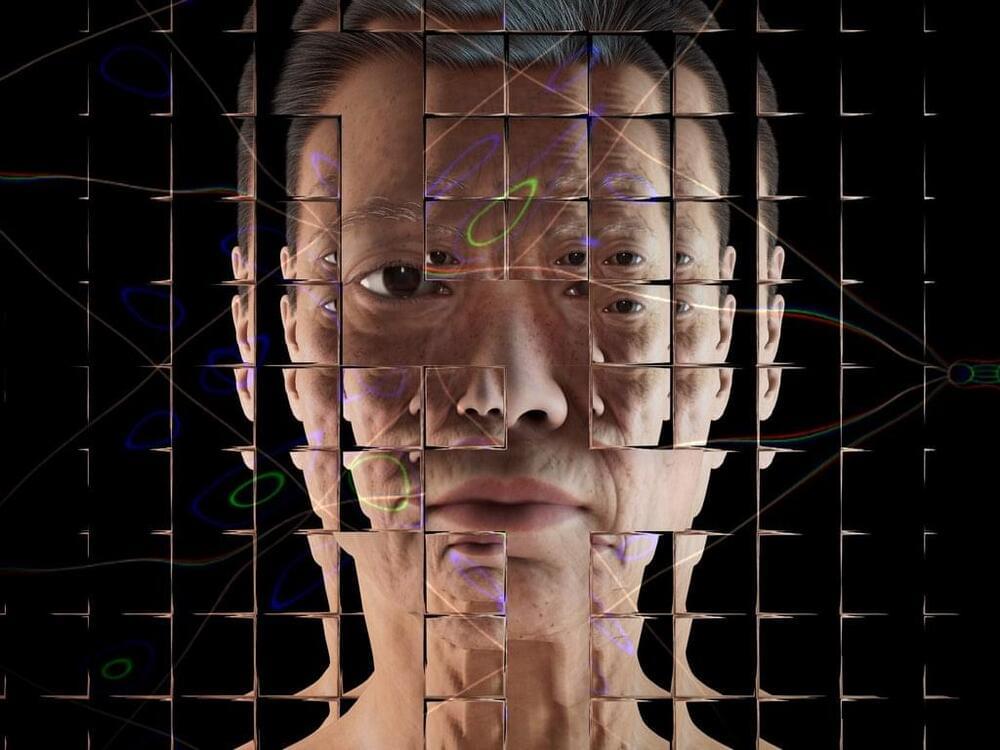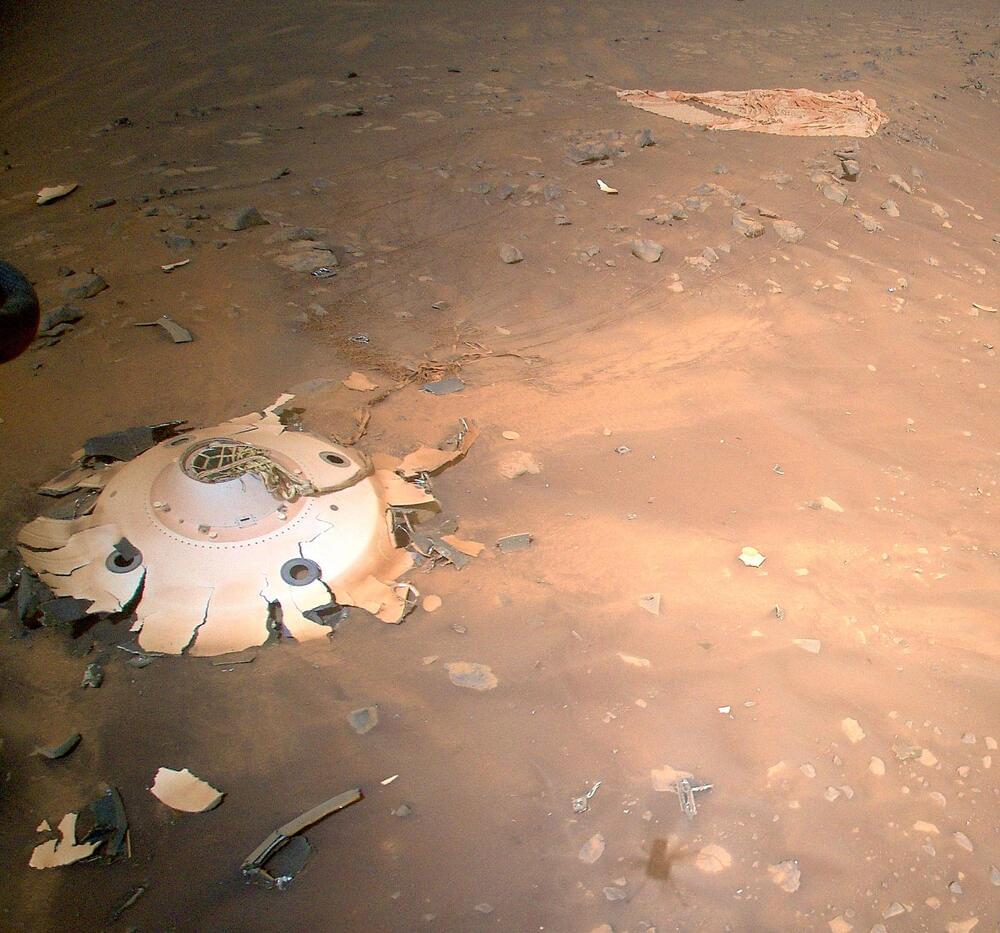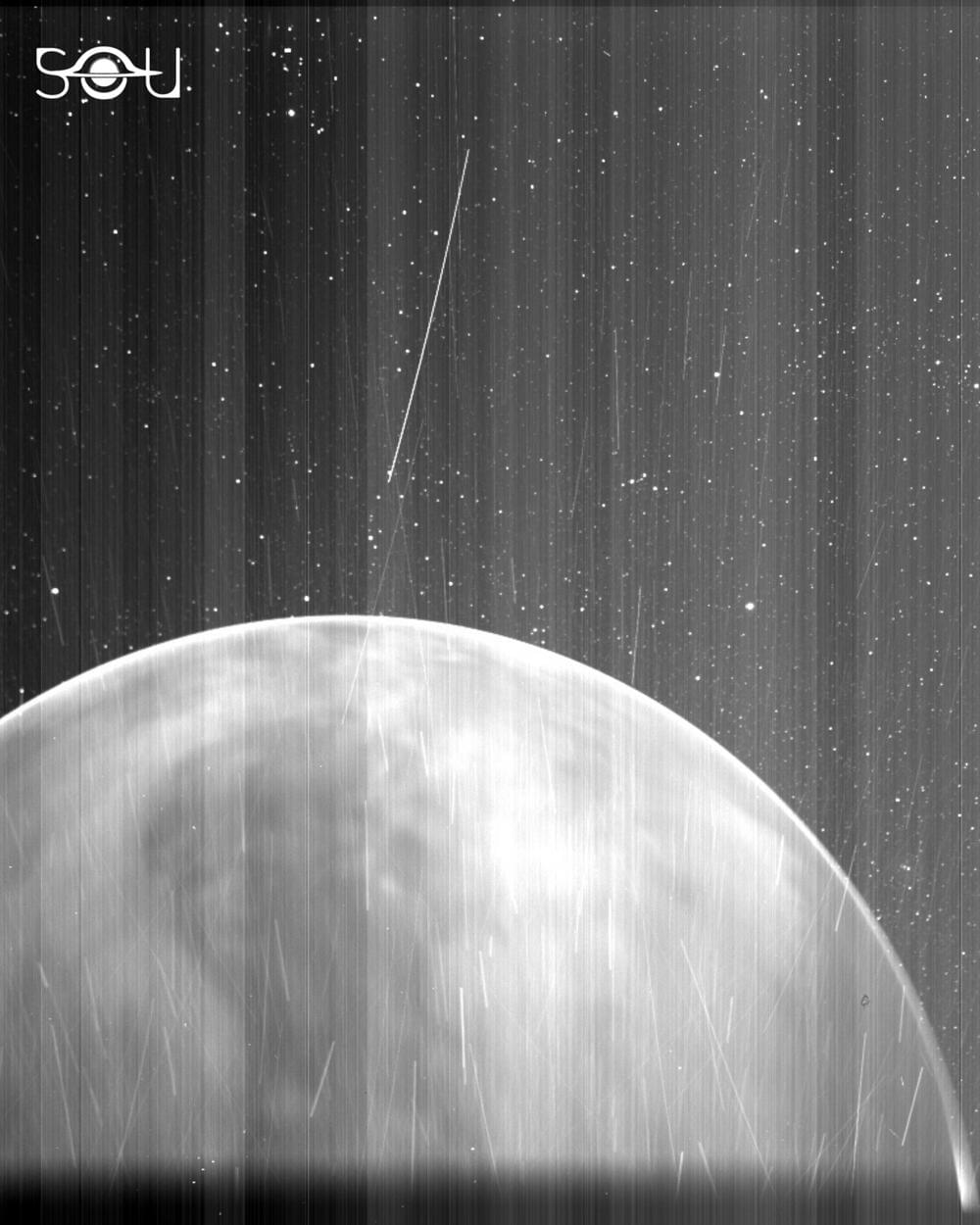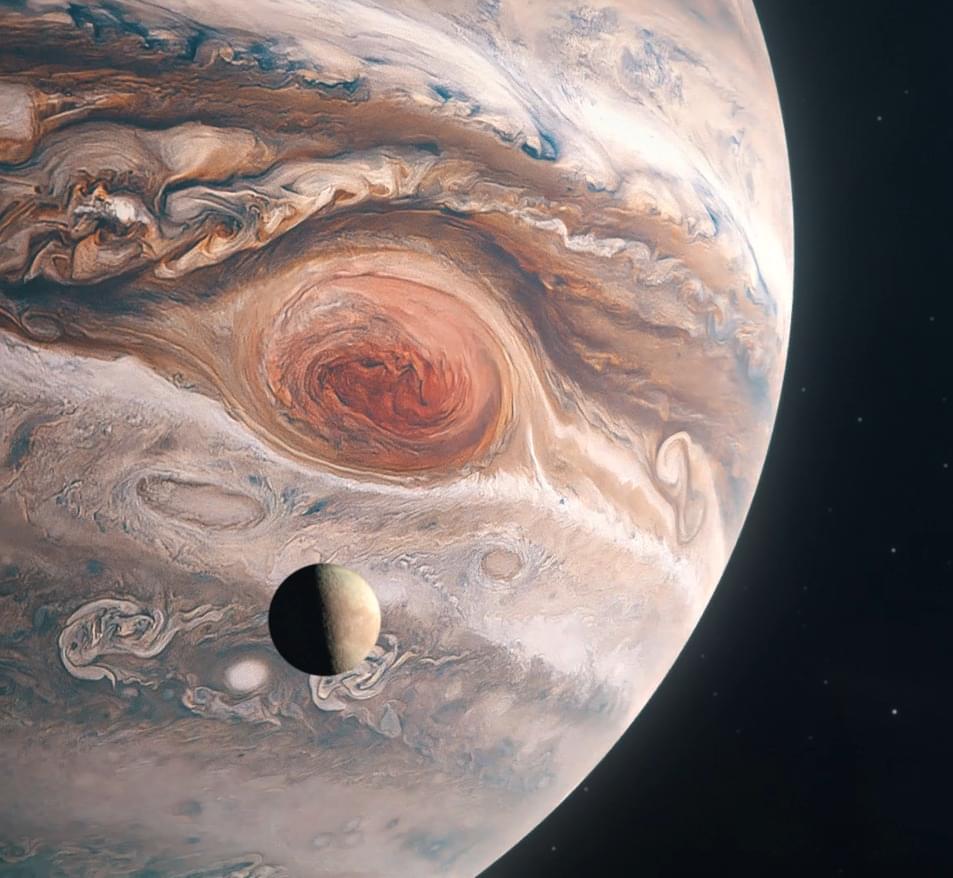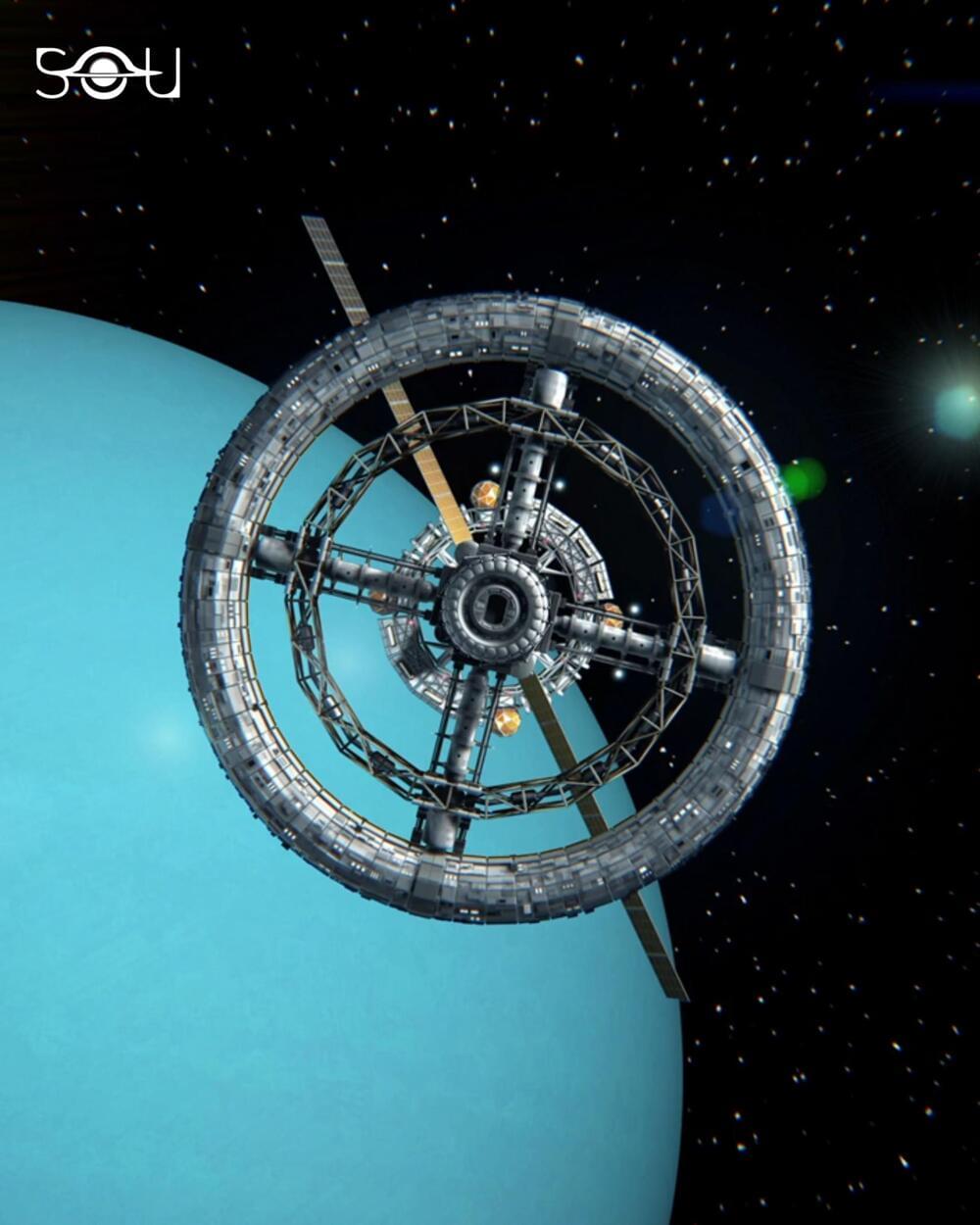Hey it’s Han from WrySci-HX going over the breakthroughs of scientists rejuvenating skin cells of middle aged donors by several decades, overcoming complete paralysis in just one day, and more! See below ↓↓↓
Subscribe!
Please consider supporting 🙏
Patreon: https://www.patreon.com/wrysci_hx.
Or better yet, consider supporting any of the following!
